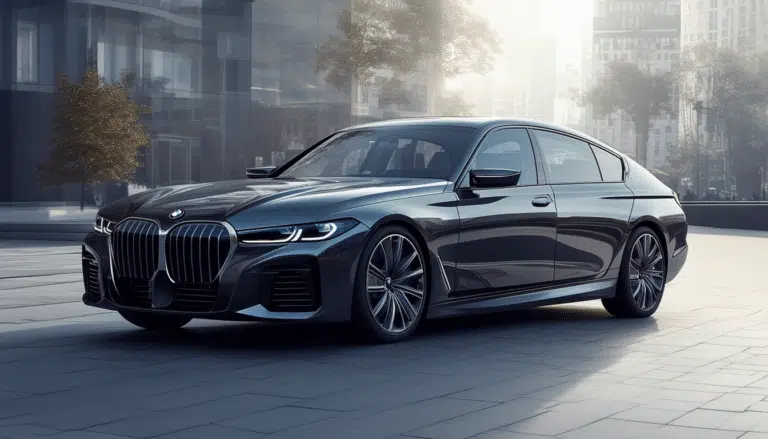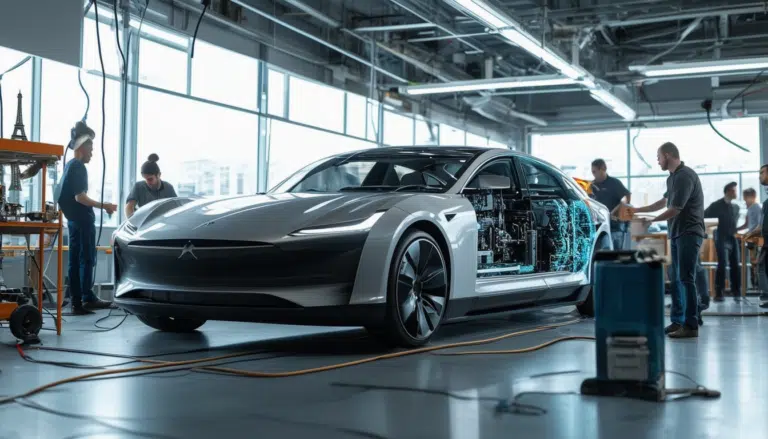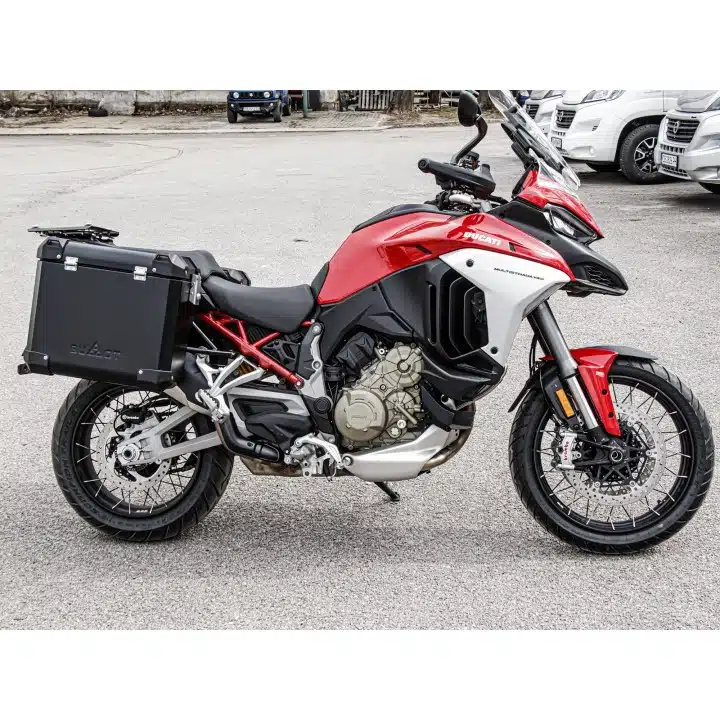Econowind markets more than 100 units of its innovative sustainable wind technology, VentoFoil

The company Econowind has reached a significant milestone by marketing over 100 units of its innovative wind propulsion technology, known as VentoFoil. This advancement reflects the growing commitment of the maritime industry towards more sustainable solutions, focusing on reducing fuel consumption and CO₂ emissions. With its unique design, VentoFoil not only improves the efficiency of vessels but also positions itself as a viable alternative in the face of increasingly stringent environmental regulations.
The company Econowind has surpassed a significant milestone by marketing over 100 units of its revolutionary wind propulsion system known as VentoFoil. This advancement not only reflects the commitment of the maritime industry towards sustainability but also demonstrates the growing interest in reducing fuel consumption and CO₂ emissions, all in a context of increasingly strict environmental regulations.
Wind-Assisted Propulsion Boost
The surge in VentoFoil sales is a clear indicator that Wind-Assisted Propulsion is gaining traction in the maritime industry. With rising fuel costs, vessel owners are seeking more economical and sustainable solutions. This paradigm shift is leading many to consider wind energy as a viable alternative to improve operational efficiency and reduce the environmental impact of their activities.
Features of VentoFoil
Unlike conventional sails that are rigid, the VentoFoil system is based on innovative suction systems that can capture up to 60% more energy from the wind. This not only optimizes performance compared to previous technologies but also translates into a more efficient and sustainable use of available resources.
Variety of Applications
Since the installation of the first two units on the MV Ankie in 2018, the technology has shown its versatility, being implemented on various types of vessels. Currently, there are 32 units in operation and 33 more in production or ready for installation. This includes applications on bulk carriers, tankers, RoRo ships, and container ships, demonstrating the adaptability of VentoFoil to different market needs.
Production and Logistics
The company is expanding its production in Zeewolde, optimizing its processes to achieve greater manufacturing capacity and shorter delivery times. This strategy will not only facilitate the implementation of the technology on more ships but will also strengthen Econowind’s position in a sector that is rapidly moving towards low-carbon maritime transport solutions.
Regulations and Economic Benefits
Starting in 2025, regulations such as FuelEU Maritime will impose stricter CO₂ reduction targets, raising the goal from 2% to 80% by 2050. Vessels that implement VentoFoil technology will benefit from the Wind Reward Factor (WRF), which facilitates compliance with these regulations by reducing reported emissions, becoming an economical and viable solution for shipowners.
Reduction of Operational Costs
In addition to contributing to sustainability, VentoFoil systems have a positive impact on fuel costs, allowing savings on carbon permits and improving ratings in CII (Carbon Intensity Indicator). This combination of benefits positions VentoFoil as a preferred option in a market that is constantly evolving towards sustainability and ecological efficiency.
Econowind and its Impact on Sustainable Navigation
Econowind has marked an important milestone in the maritime industry by marketing over 100 units of its innovative wind technology VentoFoil. This advancement not only reflects a commitment to sustainability but also an effective response to the growing need to reduce fuel consumption and CO₂ emissions. The transition to more ecological options thus becomes a priority, motivating shipowners to adopt propulsion systems that efficiently harness wind energy.
Since 2018, when the first units were installed on the MV Ankie, there has been a constant expansion in the use of VentoFoil. So far, there are 32 operating units and others in various stages of production. This trend highlights not only the growth of technology but also the acceptance of wind-assisted propulsion as a viable solution for reducing operational costs and complying with increasingly strict environmental regulations.
The VentoFoil system, which is based on suction to increase efficiency in wind use, represents a significant shift compared to conventional sails. The design features of VentoFoil allow it to adapt to different types of vessels and operational needs, making its implementation an accessible process for shipowners. Furthermore, production at the Zeewolde facility not only increases manufacturing capacity but also ensures shorter delivery times, thereby facilitating the rapid adoption of technology.
With the regulatory horizon posed by FuelEU Maritime, Econowind is strategically positioned to be a benchmark in low-carbon maritime transport. As more vessels adopt its technology, not only do shipowners benefit, but the environment in general does as well.





